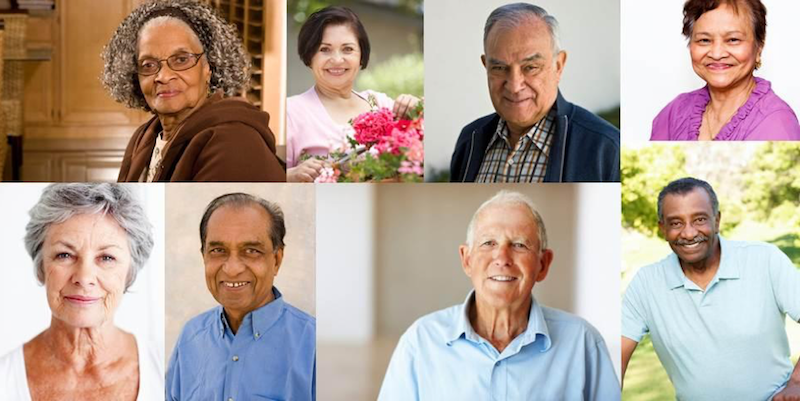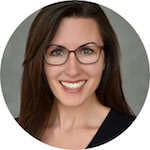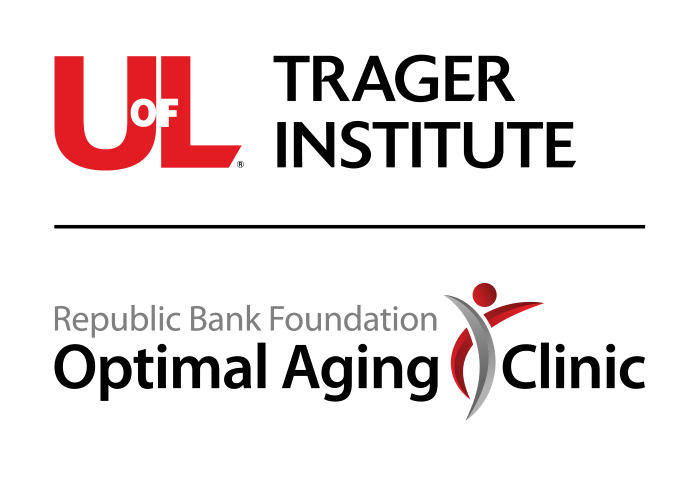
Everyone ages. From the moment we are born, we begin to grow, mature, and change - the process of aging. When we are young, we call this “maturing” or “growing up,” but as we advance in years, this process gradually changes into “aging.”
We do not have to accept that this process of maturing in our later years will be one of suffering - that it is something to fear. Around the world people and organizations, such as Atul Gawande, AARP, and the UofL Institute for Sustainable Health and Optimal Aging (the Institute), are re-defining “aging.”
Successful Aging
As many of us have witnessed in the generations before us, and perhaps even in ourselves, some individuals seem to navigate the aging process more gracefully than others.
This notion of “graceful” aging is not merely a matter of chance - it is a complex combination of factors occurring at the individual and collective levels, including both choices and circumstances.
Optimal Aging
In recent years, this concept has often been referred to as “successful” aging - however, this language carries with it the implication that some people will age “un-successfully.” Sometimes, even if we have “done everything right,” we are diagnosed with cancer or dementia. Or we do not have the resources to afford the medications or preventative health care we need. Facing these challenges does not mean we have failed or have been un-successful.
Aging well is not necessarily aging free of challenges; rather, it is our ability to flourish, to live our best life every day, in the face of these challenges. This is optimal aging.
Optimal Aging: Individuals
Optimal aging is not a pass or fail situation; instead it is a process that is flexible, forgiving, and continually evolving, optimizing, for our individual experience. For individuals, optimal aging is a personal sense of “living life well” and a combination of feeling good and functioning effectively (Faul et al., 2018). Importantly, optimal aging is our ability to maintain an optimal range of functioning in the below categories in the face of aging-related loss and decline:
 |
Physical: Exercising, eating well, sleeping, playing, and relaxing |
 |
Intellectual: Learning, growing, thinking, creating, and communicating new ideas and knowledge |
||
 |
Social: Enjoying companionship with neighbors, friendly, relatives |
 |
Spiritual: Developing a sense of self and a sense of connectedness |
||
 |
Emotional: Expressing and responding to diverse feelings without harming anyone |
 |
Purposeful: Engaging in rewarding activities and using our talents and experiences in a meaningful way |
||
Optimal Aging: Community
At the Institute, we view optimal aging at a community level as well, where intergenerational, compassionate communities have all the resources available for people to lead physically, socially, and emotionally healthy lives from birth to death. Specifically, our communities need to have resources and supports in the following areas:
|
|
|
|
|
|
|
|
At the Institute, we believe that everyone everywhere has the right to age optimally. We work at both the individual and communal levels to ensure that optimal aging is a reality for all.
Blog Contributor:
 Natalie Pope, MBA, CSW
Natalie Pope, MBA, CSW
Marketing & Business Specialist
University of Louisville
Institute for Sustainable Health & Optimal Aging
[email protected]
Source:
Faul, A. C., D’Ambrosio, J. G., Yankeelov, P. A., Cotton, S. G., Furman, C. D., Hall-Faul, M. Gordon, B., & Wright, R. B. (2018). Human flourishing and integrated care models: The development of the flourish index. The Gerontologist, 2. doi:10.1093/geront/gny114

 Why Optimal Aging?
Why Optimal Aging?